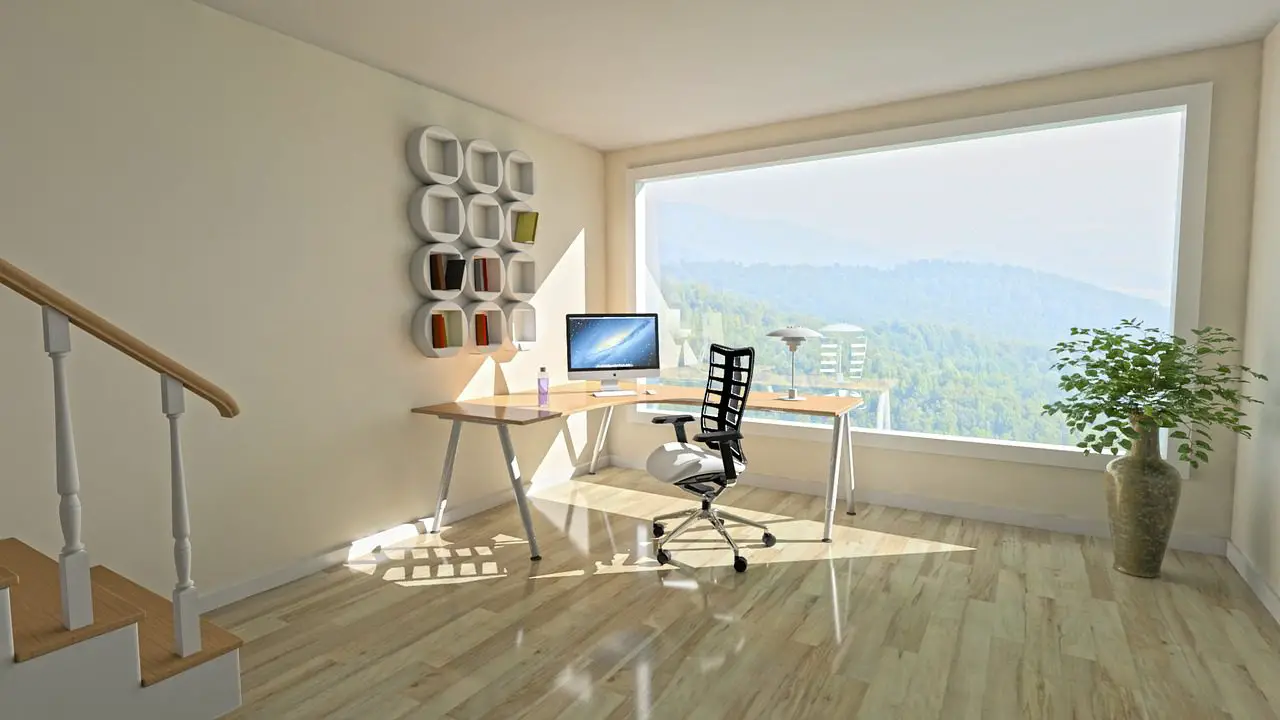Reducing heat loss from your home is an important part of reduce your homes energy and electricity consumption, thereby reducing your monthly bills. We’ve put together a list of our best tips to ensure that your home is making the best use of the energy you’re putting in and not losing heat unnecessarily to the outside.
Reduce Drafts And Air Leakage
- Have your window and door frame’s caulking checked at least once a year. Draughts through cracks in the caulking around your windows and doors can lead to significant heat loss.
- A great time to check your caulking is when you repaint the exterior of your home as redoing the caulking will often lead to white smudges around the frames.
- Make sure that all of your windows close and seal properly. Damaged hinges, sliders or latches can cause gaps which allow the warm air to escape.
- If you have a chimney, close it off when you are not using it. An open chimney creates an upward draft which literally sucks the warm air out of your home. If your chimney does not have a shut-off mechanism, you can buy specially designed stuffers and inflatable “balloons” which block off your chimney. Just remember to remove them before using your fireplace again!
- Install good quality air vents which are not simply open to the outside of your home. Proper air vents, like these passyfier vents from Sovereign Chemicals, don’t allow drafts to pass through them but rather gently bleed air and moisture through them to the outside of your home.
- Make sure that the bathroom or kitchen ventilation fan exhausts have baffles or draft blockers installed onto them so that you don’t get cold air blowing back into your home.
Improve Your Home’s Insulation
- Double and triple glazed windows are a must for extremely cold regions. Glass is a good conductor of heat and a large amount of heat can be lost very quickly through large windows. By leaving a pocket of air, which is a bad conductor of heat, between the panes of glass, the heat loss through your windows is dramatically reduced.
- If you can’t afford to install double glazing or your home can’t accommodate it, consider installing insulating window shades or blinds such as honeycomb type double cell insulating blinds. These blinds stop the heat from escaping through the windows during the evening or on less sunny days. You can also get thermal curtain liners installed.
- Reduce heat loss through your roof by laying down loft insulation material over your ceiling boards. Insulation material is relatively inexpensive and is available from most hardware stores.
- There’s an easy way to see if you’re losing excessive heat through your roof. Have a look at your roof on a cold and frosty morning. If there are any areas on your roof without frost then you know that you’re losing heat through that area and you should look at improving the insulation.
- Make sure that all of your radiator pipes and hot water pipes are insulated on the outside or in the service ducts and roof of your home. You’ve just used energy to heat the water up and you don’t want to be losing that heat to the outside of your home unnecessarily.
- Get your floor properly insulated. According to some studies, up to 10% of your home’s heat can be lost through the floor alone. Wood and carpet floors offer the best insulation, just make sure that your floorboards do not have large gaps between them.
Use Effective Heating Methods To Reduce Your Energy Consumption
- Keep your curtains open during the day in winter to allow the sun into your home. The warmth from the sun can make a big difference to a room’s temperature during the day.
- This is why property or estate agents advertise north facing houses in the southern hemisphere and south facing houses in the northern hemisphere as being a great benefit.
- Close the doors to the unused rooms in your home so that your heating system is not working harder to keep a larger volume of air warm.
- Replace your bathroom exhaust vent fan switches with timers so they are not left running by accident. These exhaust fans typically discharge to the outside of your home or into the ceiling which just wastes the air you’ve warmed up.
If you’re passionate about saving energy around your home, have a look at these 30 energy saving tips for your home.
Have you tried any of the above tips to reduce heat loss from your home? What are some of the other tips and tricks you use? Share them with us in the comments section below.


